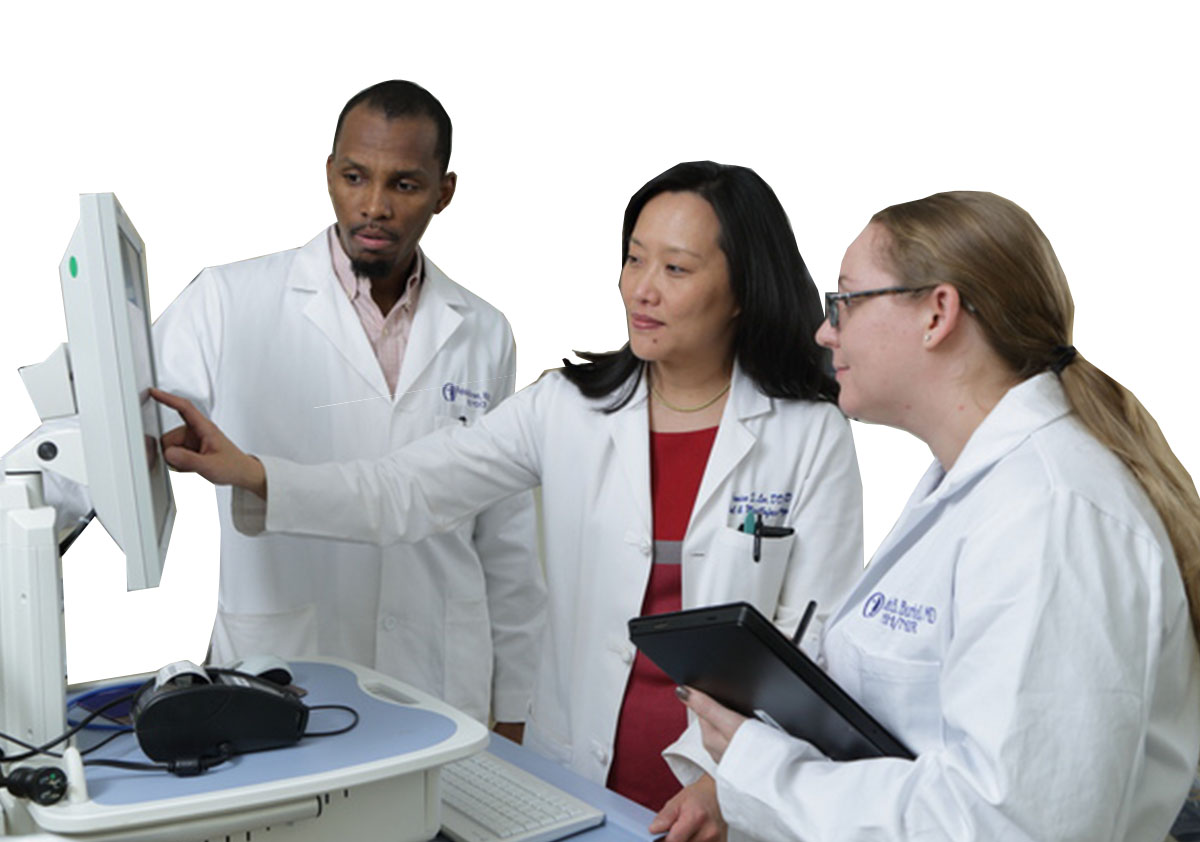
NIH’s mission is to seek fundamental knowledge about the nature and behavior of living systems and to apply that knowledge to enhance health, lengthen life, and reduce illness and disability. To achieve this mission, NIH invests in research to improve public health; it also devotes substantial resources to identify, develop, support, and maintain key scientific resources, including human capital. NIH’s ability to ensure that it remains a leader in scientific discovery and innovation is dependent upon a pool of creative, diverse, and highly talented researchers.
The vast majority of the work in developing and implementing biomedical workforce research programs is conducted by dedicated staff within the Offices, Institutes, and Centers at the NIH. The interests of each Institute/Center are represented by NIH extramural research training representatives who meet regularly to advise DBRW and the broader NIH community. It’s a good idea to contact the NIH training staff in your research area of interest to discuss research programs and strategies for training and career development. An initial inquiry via email is recommended so that NIH staff may identify relevant materials and set up a mutually convenient time to talk.
The United States biomedical research workforce comprises individuals with earned degrees employed in a variety of career sectors, including research and teaching in colleges and universities, research in biotechnology and pharmaceutical industrial settings, research in government laboratories, as well as non-research intensive scientific careers including science policy and regulation, and science communications that contribute to the nation’s scientific goals and endeavors. NIH seeks to broaden participation by recruitment and outreach to groups shown to be nationally underrepresented in the biomedical sciences. Women may also be considered underrepresented for the purposes of programs that address faculty recruitment, appointment, retention, or advancement.
The NIH Common Fund has initiated pilots to test programs relevant to the biomedical research workforce including enhancing diversity in the biomedical research workforce (The NIH Diversity Consortium![]() ).
).
For current information on the workforce, please see Reports and Data on the Biomedical Research Workforce.
NIH works with leadership and faculty at educational institutions, grantees, professional societies, research organizations, and other stakeholders to identify, recruit, and train highly talented scientists from all backgrounds and all career levels. Here are links to some groups working on the future biomedical research workforce:
- American Association for the Advancement of Science (AAAS)

- Association of American Medical Colleges (AAMC) Group on Graduate Research, Education and Training (GREAT)

- Association of American Medical Colleges (AAMC) Group on Research Advancement and Development (GRAND)

- Association of American Universities (AAU)

- Association of Public & Land-grant Universities (APLU)

- Committee on Science, Technology, Engineering and Math Education (CoSTEM)
- Council of Graduate Schools (CGS)

- Council on Governmental Relations (COGR)

- FC-STEM Interagency Working Groups
- Federal Demonstration Partnership (FDP)

- Federation of American Societies for Experimental Biology (FASEB)

- National Postdoctoral Association (NPA)

- National Hispanic Medical Association (NHMA)

- Annual Biomedical Research Conference for Minoritized Scientists (ABRCMS)






